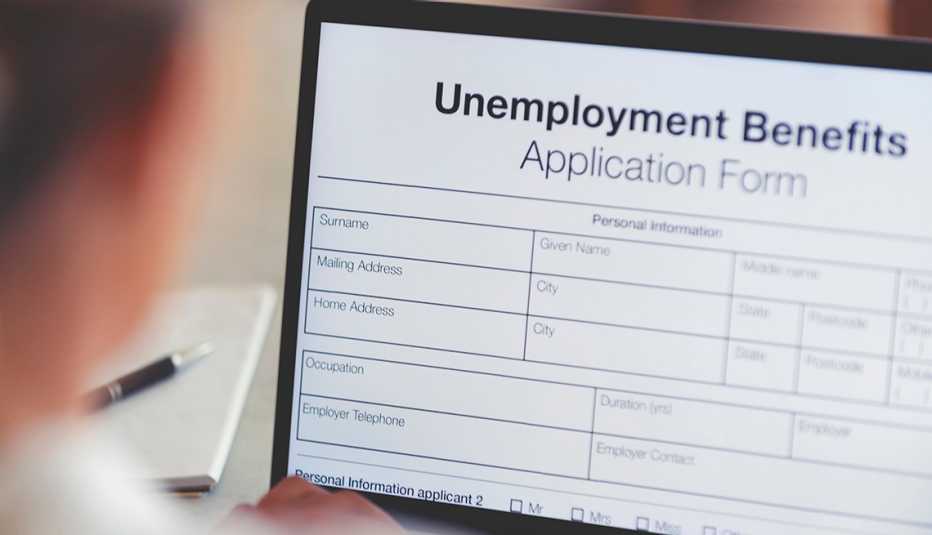Staying Fit
A fake phone number for Amazon.com almost tripped up an 81-year-old man from West Virginia. A retired educator, he says his wife placed an order for two iPhone cases on Amazon.com, but when she tried to log back into her account, she couldn't. She couldn't reset her password, either.
A relative went online for an Amazon customer-service phone number and when the retiree called it, he was told that a $4,800 television had been charged to the account, which reportedly had been hacked by more than 40 people in Mexico. To rectify the situation, the retiree was told, he could use one of two preferred companies to prevent more computer intrusions and get back the information that the hackers may have obtained.


AARP Membership— $12 for your first year when you sign up for Automatic Renewal
Get instant access to members-only products and hundreds of discounts, a free second membership, and a subscription to AARP the Magazine.
Many red flags
The victim, who spoke to AARP and asked that his name not be used, chose one of the suggested companies. But when the phony Amazon rep transferred him to the computer company, he heard a voice that sounded identical to that of the original fraudster.
"I asked, ‘What government agency has oversight over you?’ “ the retiree says. “He never answered my questions to my satisfaction."
Still, the man chose a $999 “lifetime” option, in hopes of resolving the hacking situation for good. The fraudster, from a distance, even arranged for an authentic-looking receipt to be printed on the retiree's printer.
Calls AARP's free fraud helpline
Soon, more red flags popped up. The swindler said payment could be made only by money order. That prompted the victim to call AARP's toll-free Fraud Watch Network Helpline, 877-908-3360. As instructed, he refused to pay one red cent to the con artist.
He also went to his bank to have his account monitored, called his credit card issuer so that purchases on his card could be monitored and took his computer to a bona fide expert for a cleanup.





































































